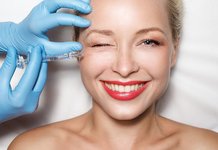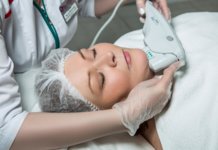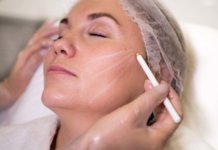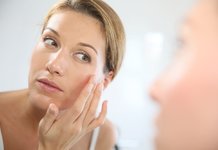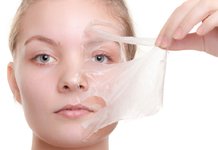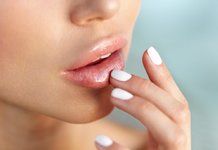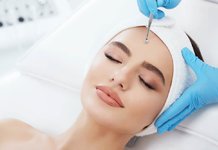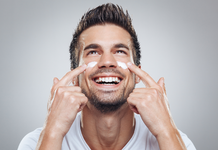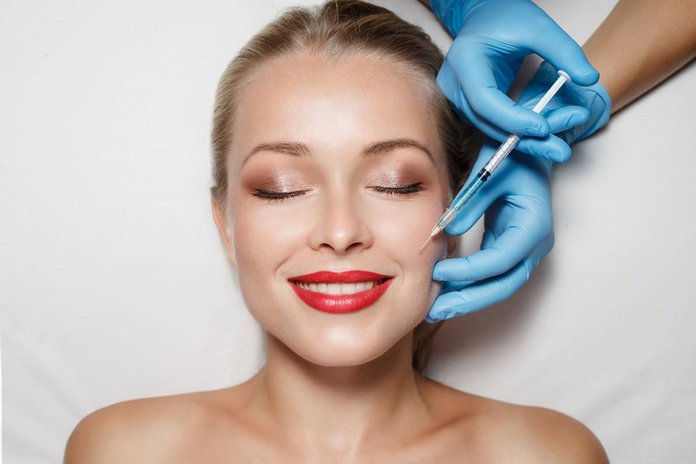
As a person reaches a certain age (the “critical point” is 30 years or older), the amount of fibrillar proteins responsible for skin turgor, known as collagen and elastin, naturally decreases. This is expressed in a decrease in skin elasticity, loss of freshness and a healthy natural shade. Facial features also change: the oval swallows, the cheekbones and nose stand out sharper. Fortunately, the arsenal of modern cosmetology has innovative technologies that can slow the irreversible aging process.
The essence of peeling and biorevitalization
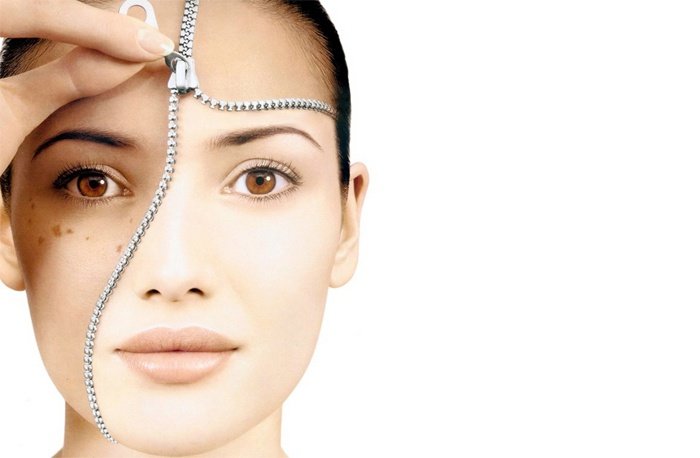
Before identifying the essence of both procedures, you should understand what goals each of them pursues. The end result, as a rule, is the desire to achieve an improvement in the condition and a noticeable rejuvenation of the facial skin. Modern cosmetology has several techniques used to solve such problems.
One such method includes biorevitalization. A complex term hides the well-known injections of hyaluronic acid (hyaluronate). The essence of the technique is to saturate the deep layers of the dermis and epidermis with non-sulfonated glycosaminoglycan, which is part of the connective, epithelial and nervous tissues. Transportation of the components of hyaluronate together with vitamin complexes is carried out by injection or laser application of a special gel.
TO beneficial properties of hyaluronic acid include the following:
- Stimulation of regeneration processes in the dermis and epidermis;
- Activation of the natural production of elastin and collagen;
- Decreased sebaceous gland activity;
- Smoothing out fine wrinkles;
- Bringing normal metabolic processes in the skin tissues.
In order for the effect of the biorevitalization procedure to be longer, a course of several injections of the drug is usually prescribed. The duration of the course is determined by the cosmetologist on the basis of the patient’s skin condition, its age and body characteristics.
Step-by-step biorevitalization looks like this:
- The cosmetologist thoroughly cleanses the face of the client using one of the available methods;
- An anesthetic cream is applied to the skin for 20 to 30 minutes. This will help reduce pain during the introduction of the drug into the skin tissue;
- The drug is injected under the skin with a thin needle or using low-intensity laser radiation. The first technique is considered more effective, but it is also more painful.
Often, patients after injecting biorevitalization complain of the appearance of hematomas and small swelling on the face (papules). But this is quite a common phenomenon, which self-eliminates over the next 1 to 2 days.
Unlike biorevitalization, during deep cleansing of the skin of the face, which is peeling, transportation of substances into the tissues of the epidermis and dermis does not occur. Instead, the cosmetologist removes dead epithelial cells chemically or mechanically.In other words, peeling is a forced “start” of natural metabolic processes in the skin due to exposure of young and healthy cells. Thanks to this, cellular respiration is stimulated, and beneficial substances enter the skin tissues faster and more actively.
For deep skin cleansing, special acid preparations of high concentration are used, the use of which should be carried out only by a specialist. Performing the procedure at home is not recommended, as this is fraught with damage to the epithelium and the appearance of burns.
Another popular option is retinoic or "yellow" peeling. It implies exposure to the skin with retinoids - artificial analogues of vitamin A. This facial cleansing technology is more gentle: with it, concentrated retinoic acid (tretinoin 5% or 10%) is applied to the skin for a quarter of an hour, as a result of which an occlusive layer forms on it and, in During this process, uniform production of tretinoin is stimulated. Usually, the “yellow” peeling course includes at least four procedures, repeated with an interval of 2 to 4 weeks.
Is it possible to combine?
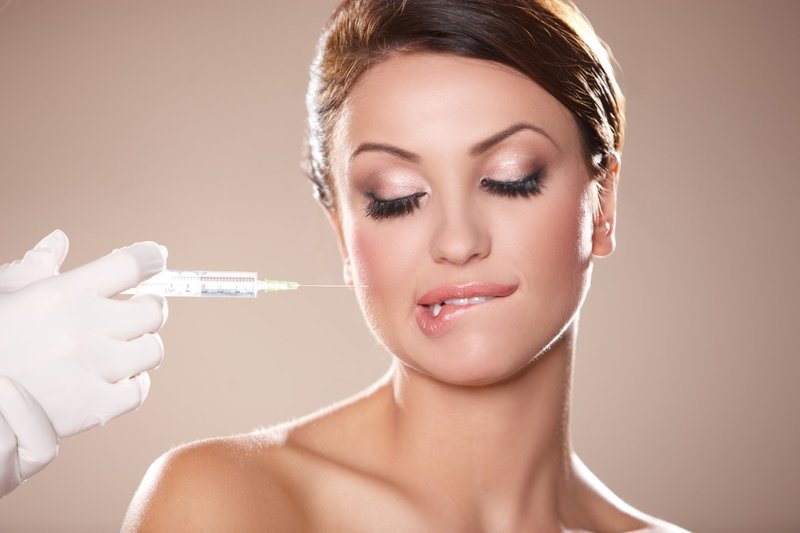
Biorevitalization has its own characteristics, as well as the deep skin cleansing procedure, and the indications for them are different. So, face peeling is carried out even for adolescents under the age of 18, since it is during the puberty that they encounter such dermatological problems as rosacea, acne, acne, and increased oily skin. And here hyaluronic acid injections are not indicated for persons younger than 30 - 35 years oldif there are no special indications for their conduct.
Most often, when asked whether to combine biorevitalization and peeling, cosmetologists give Negative answer. Exposure to the skin during both procedures is rather traumatic and requires a certain amount of time for natural regeneration. Therefore, if in any salon you are offered to combine them within one visit, we advise you to refuse and look for another place for cosmetic treatment.
Sequence of procedures

The main question asked by clients who want to undergo a treatment and facial rejuvenation procedure at a cosmetologist’s appointment is to choose a sequence of actions.
What to do better: undergo peeling and then agree to inject hyaluronic acid or change the procedure. There is no clear answer to this question, because the specialist will make an individual decision based on the characteristics of your body and skin condition, as well as other factors (age, the presence of certain diseases, taking certain medications, etc.).
Both procedures are radically different in terms of technology, type of skin exposure and materials used during the process. This is also necessarily taken into account when choosing a sequence and tactics of action.
Why is this phase critical? It all depends on which skin cleaning technology is chosen: retinoic (“yellow”) or chemical peeling. The second option is more traumatic, and after it, the tissues of the skin of the face remain edematous for a long time. If hyaluronics are injected within the permitted period after chemical peeling, the regeneration process will be accelerated, due to which the edema will disappear a little faster.
The effect is explained by the peculiarities of exposure to hyaluronic acid, which adsorbs excess fluid remaining in the cells of the epidermis after dry cleaning. However, biorevitalization cannot be carried out immediately: a certain time interval must be maintained.
Retinoic peeling It has a gentle effect on the skin, therefore, biorevitalization after it is carried out in a shorter time. Already on the third day, the balance of vitamin A in the treated skin is restored enough to create a reliable effect from aggressive external factors.
Peeling before biorevitalization

If you are advised to cleanse your skin before injecting hyaluronate, keep in mind that one of the effects achieved will be to reduce the regeneration period of the epidermis after applying aggressive acids.
The selected procedure scheme will look like this:
- To begin with, the cosmetologist will conduct about two deep cleansing with glycol at intervals of 7 - 10 days. Thanks to this procedure, the skin of the face will be exfoliated from dead cells, and in its deep layers active synthesis of collagen will begin;
- Then, intermediate injections of hyaluronate are carried out after 4 to 5 days;
- After another 5 - 6 days, the patient undergoes again two peeling procedures with an interval of a week;
- Having completed all these steps, he again undergoes final biorevitalization 5 days after the last peeling.
With this scheme, a complex effect is achieved, namely: the skin recovery period is reduced, the patient practically does not abandon the usual rhythm of life, and the result of the procedure is noticeable to the naked eye after 15 days.
Biorevitalization before peeling

The selected method of facial rejuvenation, in which peeling is carried out in stages after biorevitalization, also has its own characteristics. They include a special sequence, number and sequence of manipulations:
- Injections of hyaluronic acid are carried out in three doses, with an interval of 15 days between each procedure;
- After this step, the patient undergoes retinoic peeling. Recovery after cleansing and how efficiently the process of restoration of the skin of the face goes, largely depends on the conscientious implementation of medical recommendations (we will talk about them below), which are mandatory during the rehabilitation period.
It is believed that biorevitalization performed before peeling will facilitate the passage of the skin regeneration process and reduce the risk of side effects and complications.
Intervals and limits
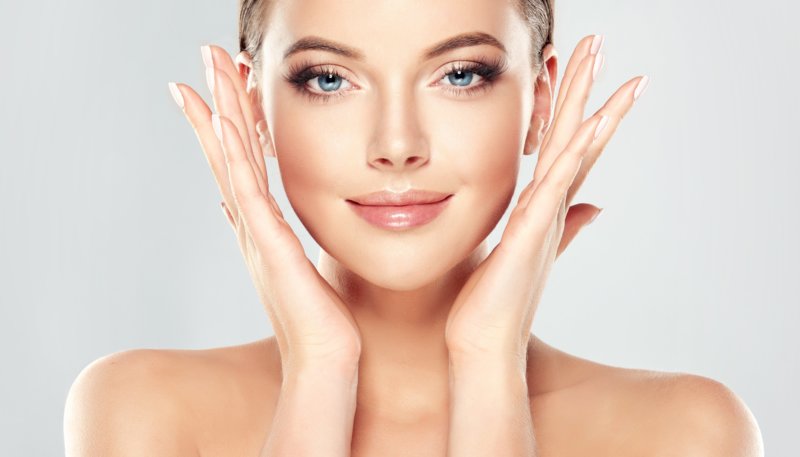
Many patients try to find out on their own, but any responsible cosmetologist, even before the procedure, is obliged to inform you how many days after peeling can be done biorevitalization.
Of course, this time interval should not be very large, otherwise the effect after deep cleaning of the skin will be minimized. The ideal option is to wait about 10 - 15 days. If biorevitalization is done earlier, this will give an undesirable result, since skin tissues at this moment are still quite vulnerable. If atraumatic skin cleansing technology (for example, retinoic peeling) was chosen, the waiting period can be reduced to a week or even five days.
When undergoing chemical peeling, the interval between procedures should be from a week to 15 days. It is better to wait for the maximum recommended time, since the regeneration of the epidermis after dry cleaning takes quite a long time. If hyaluronate is injected earlier, erythema may develop.
There are certain limitationsapplied to a patient who has undergone a complex of both procedures. This list includes special recommendations, ignoring which can reduce the effect of injections and deep cleansing of the skin:
- Skin subjected to traumatic effects is prone to hyperpigmentation, therefore, before going out to the face, protective agents with a high SPF factor should be applied. Compliance with this measure is necessary within a month after the procedures, however, for skin health, it is better to protect it from the negative effects of ultraviolet rays on an ongoing basis. You must refrain from visiting a tanning bed for at least 15 days;
- While the skin is recovering after visiting the beautician, do not use hard peels and scrubs, face masks and creams-skating. In order not to provoke the development of a spontaneous allergic reaction, do not try new beauty products and skincare cosmetics for a month;
- Always keep antihistamines in your medicine cabinet.This is a necessary measure for everyone, and not just those who are prone to allergies. If during the recovery period rashes, erythema and swelling appear on the face skin due to an allergic reaction, this can negatively affect its condition and negate the effect of peeling and biorevitalization;
- During the week after the procedure, do not subject yourself to physical activity (especially weight). Increased physical activity contributes to a rush of blood to the skin of the face, and this is undesirable;
- Within 2 to 4 weeks, any additional cosmetic and / or plastic corrective interventions on the skin of the face are prohibited;
- In the first weeks after the procedures, refuse to visit the baths and saunas;
- For the recovery period, refuse to take B vitamins.
Which sequence is better to choose?
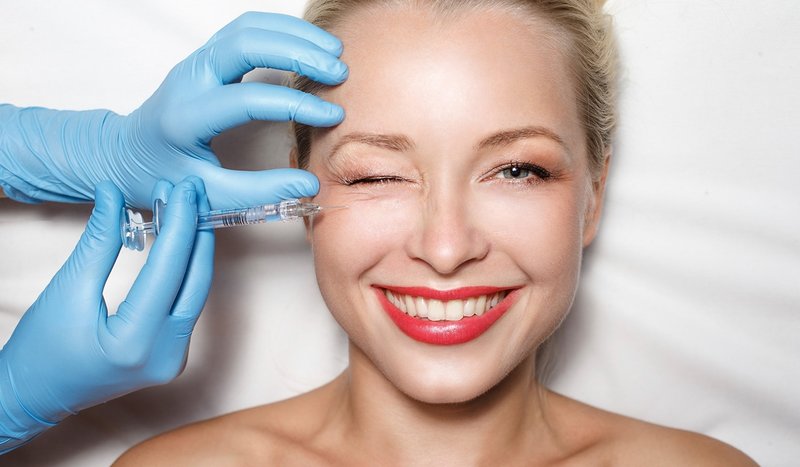
The optimal alternation of facial cleansing and biorevitalization is the one that suits you personally. Each patient has his own characteristics of the body, there are no general recommendations. It is believed that the correct sequence of procedures should be determined after at least two consultations with an experienced cosmetologist. The specialist will select not only techniques for your particular case, but also set the necessary time periods between each stage.
That is why you should not wait for a definite answer to the question of which is better - peeling or biorevitalization. Both procedures have different effects on the skin of the face, so it’s incorrect to look for their advantages and disadvantages in comparison with one another.


